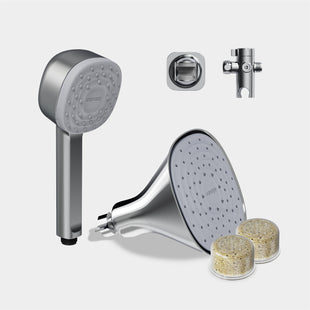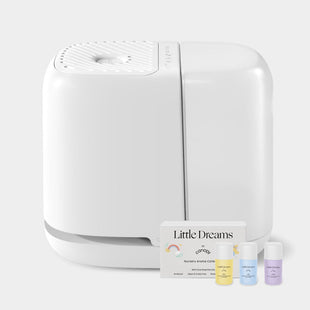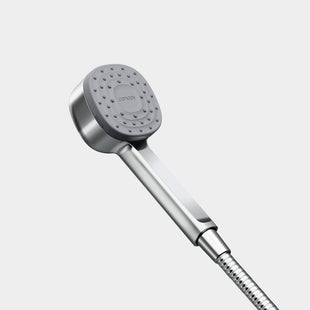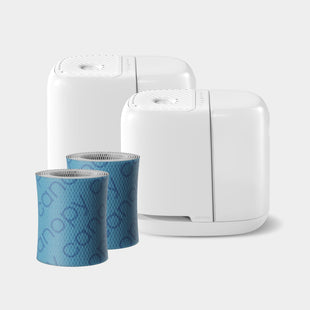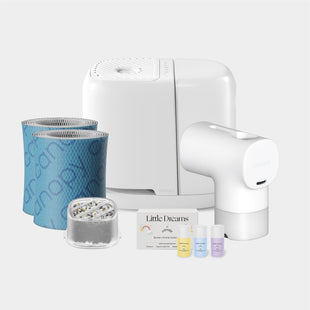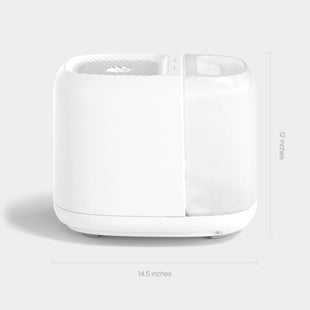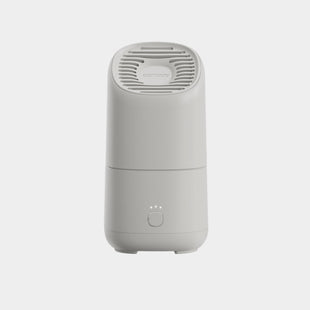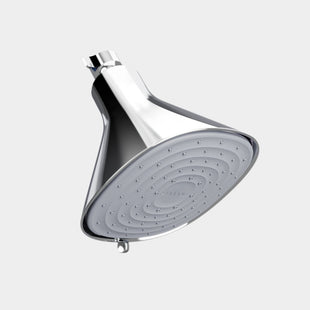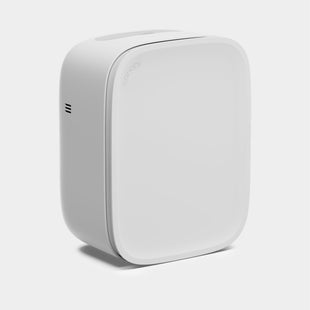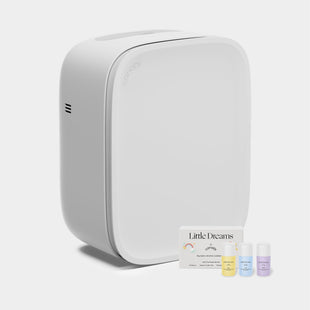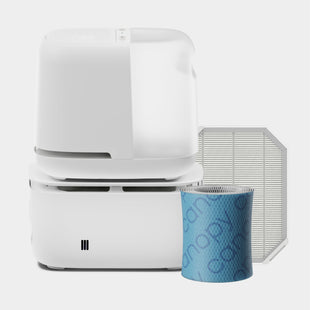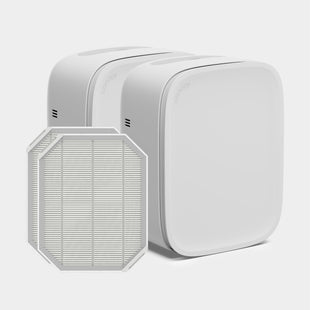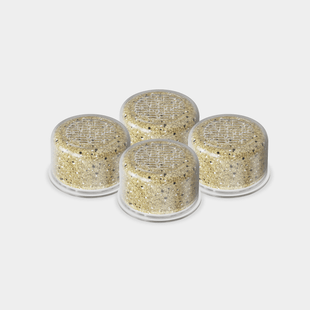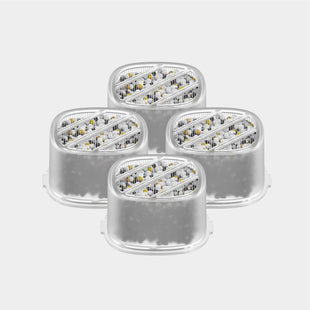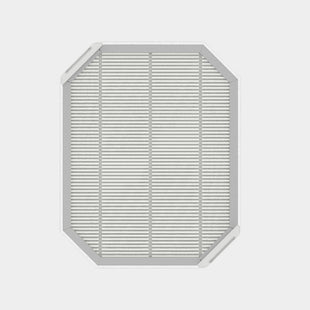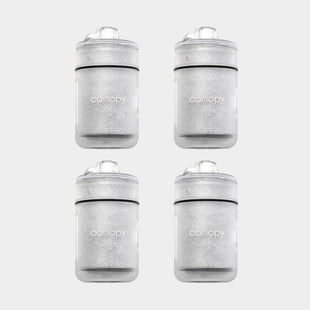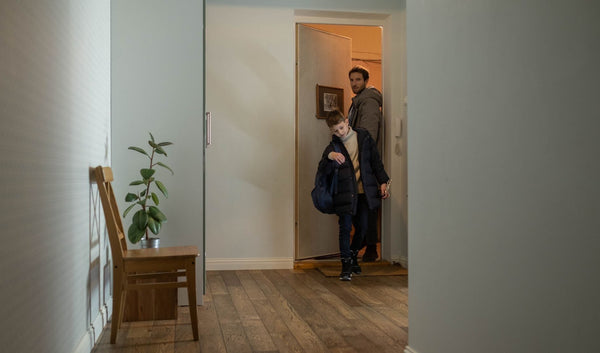East Coast winters can be frigid and dreary, which is why New Yorkers share a collective sigh of relief once the heat kicks on in apartment buildings. Although initially pleasant, it doesn’t take long for the drastic temperature change to leave city dwellers asking, “Why is my apartment so hot?”
Get some helpful background on why the unbearable heat and dry conditions happen and how to cool down your apartment to increase comfort.
A Guide to Apartment Heat Distribution
Whether you live in a palatial penthouse or a snug studio, approximately 80% of New York City’s residential buildings share one common feature: steam heating systems. Typically located in the basement, a central boiler—fueled by oil, natural gas, or electricity—is a pressurized vessel where hot water boils to create steam.
Each apartment unit contains a radiator that is attached to the central boiler via pipes or ducts. The steam travels through these channels to reach the radiators. Through radiation and convection, the radiators circulate heat inside the apartment units.
Why Steam Heating Is Problematic
Overheating Concerns
If your NYC apartment is too hot, the steam heating system is likely to blame. Although a popular choice in the early 20th century, these old-school NYC radiator systems don’t align with modern-day apartment living.
A century ago, New Yorkers left their apartment windows open year-round to prevent stagnant air in their living quarters. In response, oversized boilers were installed in the buildings. This way, residents could remain toasty when windows were wide open during frosty weather.
These oversized relics are still used to heat apartment units today. Unlike their predecessors, however, modern New Yorkers are more likely to keep their windows closed throughout the winter to block out excess noise and cold air. The resulting heat buildup leaves apartments too hot for comfort.
Old New York apartment buildings have also received various upgrades in recent years to make them more energy efficient. For example, property owners have replaced single-pane windows with double- and triple-pane models. These fixtures slow heat transfer, which means more hot air remains inside apartments. New insulation and door and window weatherstripping make it difficult for heat to escape, too.
Humidity Woes

If living in sweltering conditions wasn’t bad enough, steam heating systems also affect relative humidity. That’s why the air feels dryer in winter than at other times during the year.
The lack of moisture in the air causes skin to dry out, which leaves it feeling flaky, itchy, tight, and irritated. The dryness can also cause eczema and other skin conditions to flare up. When you breathe in dry air, it absorbs moisture from your throat and nasal passages. This can lead to nosebleeds, sore throats, and sinus headaches.
How to Increase Seasonal Comfort
Luckily, there are steps you can take to remain warm—but not too warm—in your NYC apartment during the winter months. First, put a radiator cover over the scorching-hot equipment. The cabinet will stop heat from radiating inside your apartment. Plus, you can snag a chic cover that doubles as an entryway table or small shelf for a decorative flourish.
When outside temperatures drop below 55 degrees Fahrenheit, NYC landlords are required to turn up the heat to at least 68 degrees Fahrenheit during the day and at least 62 at night. If you feel your apartment is too hot as a result, simply turn off the radiator. Turn the circular knob clockwise to stop the flow of heat to your unit. This will also stop the banging and clanking sounds the radiator makes when it’s working.
Improving indoor humidification should be on your to-do list as well. When outside temperatures are between 20 and 50 degrees, for instance, indoor humidity should be less than 40% for a comfortable balance. To control humidity levels in your home, invest in a humidifier.
Canopy has humidifiers for apartments of all sizes and layouts, including the Humidifier Plus. This humidifier for up to 1,000-square-foot spaces will keep main living areas hydrated. If you have a small apartment or want a dedicated unit for the bedroom, we also offer humidifiers for small rooms. Our original humidifier is designed to treat rooms measuring up to 500 square feet, so you can enjoy a restful night’s sleep or keep your workspace comfortable.

